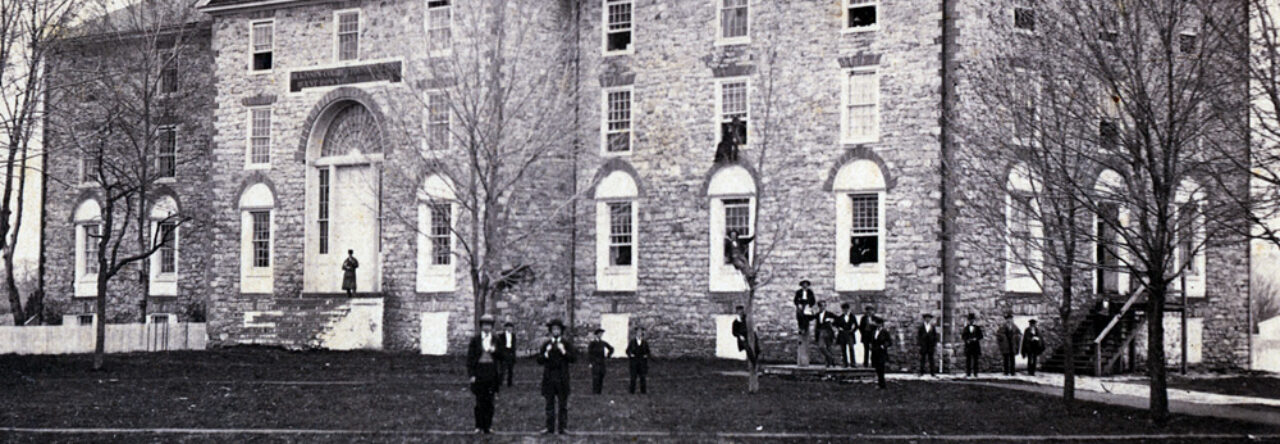Named for General Darius Couch, Fort Couch was one of three forts constructed in an attempt to control the high ground on the West Shore of the Susquehanna River to protect Harrisburg, the capitol of Pennsylvania. It was never finished because it was unneeded after the Confederates left the area. Fort Couch was built on the higher ground to the west of Fort Washington to protect it. Fort Washington, the primary fort in the area, was the only one to be brought to completion. It was located to the west of the Susquehanna River and is today on private property. The third fort’s location and name are unknown.
The forts primarily consisted of earthen platforms with mounted cannon. Because they anticipated that the Confederates would march into Harrisburg along the Carlisle Pike and across today’s Market Street Bridge, the cannons were primarily built facing the road. The forts were quickly constructed by railroad construction gangs. While some men were constructing the forts, others were busy cutting down trees and clearing the fields with fire in order to clear the line of fire to the road.
Civilians thought the forts were “formidable” and “impregnable” but military men thought they were built too quickly and would have rapidly fallen apart if attacked by cannon. These theories were not tested because the forts were never attacked.
There are many accounts that the soldiers stationed at Fort Couch did not treat the locals very well. One man noted that “the New Yorkers were here, and we fed them as long as we had anything. They turned out to be our worst enemies. They killed our hogs, chickens and so on.”[i] Another said that the New York troops were “a bad set of fellows …[who took] everything they could lay their hands on.”[ii] The men building the forts were not any better. They purposely went out of their way to antagonize Will Kiester, the only homeowner in the area, by building the fort through his vegetable garden and chopping down the trees in his front yard.
The original breastworks and the monument can be found at the intersection of 8th Street and Indiana Avenue in Lemoyne.
[i] Robert Grant Crist. Confederate Invasion of the West Shore – 1863. (Carlisle, PA: Cumberland County Historical Society, 2002), 25.
[ii] Ibid.


Leave a Reply